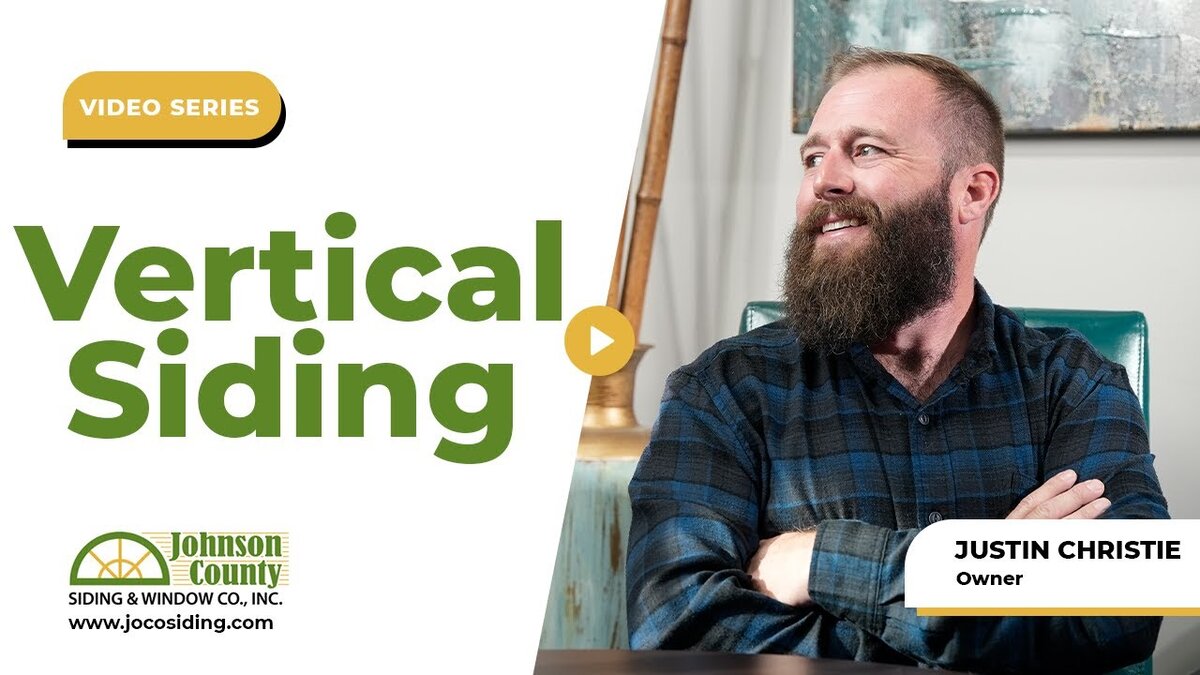When selecting windows for your home, one key decision is choosing between storm windows vs. regular windows. This choice influences factors such as insulation, energy efficiency, and long-term maintenance costs. If you live in an older home with wood-framed windows, you may already have storm windows installed. But are they the best long-term solution, or is it time to upgrade to modern replacement windows? In this post, we’ll break down the differences between storm windows and regular windows, discussing their pros, cons, and how they compare in terms of cost.
What Are Storm Windows?
Storm windows are typically an add-on that is installed over your existing windows to provide additional protection and insulation. You’ll often find them in older homes with wood-framed windows, especially those with single-pane glass. The purpose of storm windows is to shield the wooden exterior and extend the life of the original window, as wood can degrade when exposed to the elements. By creating a buffer between the existing window and the outside, storm windows help protect against drafts and heat loss, making them a low-cost option for improving energy efficiency.
However, storm windows aren’t a complete solution. While they may prolong the life of old wood windows, they aren’t nearly as effective as modern replacement windows in terms of thermal efficiency or durability.
Comparing Storm Windows and Replacement Windows
When comparing storm windows to regular replacement windows, it’s important to note that they serve different purposes. While storm windows are an add-on meant to extend the life of older wood windows, replacement windows are designed to completely replace your existing window system.
At our company, we install various types of windows, including vinyl windows, composite fiberglass windows, and wood windows where the wood is only on the inside of the home. These types of windows are designed to be more energy-efficient from the start, eliminating the need for storm windows.
In terms of protection, the material of modern windows—especially vinyl and fiberglass—doesn’t require the extra barrier that storm windows provide. This makes replacement windows a more effective solution for homeowners looking for long-term efficiency and reduced maintenance.
Pros and Cons of Storm Windows
Pros of Storm Windows:
- Cost-effective: Storm windows are generally cheaper than full window replacements, making them a budget-friendly option for homeowners who want to extend the life of their existing windows.
- Improved insulation: By adding an extra layer of glass, storm windows can reduce drafts and improve energy efficiency compared to single-pane windows.
- Easy installation: Storm windows are easy to install over existing windows, allowing homeowners to avoid the disruption of full window replacements.
Cons of Storm Windows:
- Limited energy efficiency: While storm windows can help, they aren’t as thermally efficient as modern, energy-rated replacement windows.
- Maintenance: Because storm windows are often paired with wood windows, regular maintenance is required to ensure the wood doesn’t rot or degrade.
- Aesthetic concerns: Storm windows can look outdated, especially when compared to modern replacement windows, which are designed to complement the architecture of newer homes.
Pros and Cons of Regular Replacement Windows
Pros of Replacement Windows:
- Energy efficiency: Replacement windows, especially those made of vinyl or fiberglass, are designed with energy efficiency in mind, often including double or triple-pane glass to reduce heat loss.
- Low maintenance: With vinyl and fiberglass materials, you don’t have to worry about the external maintenance issues that come with wood windows.
- Modern aesthetics: Replacement windows can dramatically improve the look of your home, offering a clean, modern finish.
Cons of Replacement Windows:
- Higher upfront costs: Replacement windows are more expensive than storm windows initially, but they offer better long-term value.
- Disruption during installation: Replacing windows requires more time and labor than simply adding storm windows, which could be inconvenient for some homeowners.
Costs: Storm Windows vs. Regular Windows
When comparing costs, storm windows are a more affordable option upfront. They typically cost much less than replacement windows, but this lower cost reflects their limitations. Storm windows won’t offer the same energy savings, durability, or aesthetics as modern replacement windows. Over time, the cost of maintaining wood windows paired with storm windows can add up, making replacement windows a better investment in the long run.
Replacement windows, particularly vinyl or composite fiberglass, are more expensive initially, but they offer greater thermal efficiency, leading to energy savings that can offset the higher installation cost over time. Additionally, they require far less maintenance and are built to last for decades without the need for additional barriers like storm windows.
Replacing Storm Windows: Is it Time to Upgrade?
If your home still has storm windows, it may be time to think about upgrading. The windows underneath your storm windows may have reached the end of their lifespan. If the wood is deteriorating or the insulation is poor, replacing the entire window system could save you money and hassle in the long term. At our company, we offer a variety of replacement windows, including those from brands like Provia, which even manufacture storm windows for homes that still need them. However, for most homeowners, switching to a modern, thermally efficient window is the smarter choice.
Conclusion
When it comes to storm windows vs. regular windows, the choice ultimately depends on your home’s needs and long-term goals. While storm windows can help extend the life of older wood windows, they don’t offer the same level of energy efficiency and durability as modern replacement windows. Upgrading to replacement windows is typically a better investment, providing superior insulation, easier maintenance, and a modern aesthetic.
If you’re considering upgrading from storm windows to modern replacement windows, contact Johnson County Siding & Window Co. today to discuss your options and get a free consultation.


















